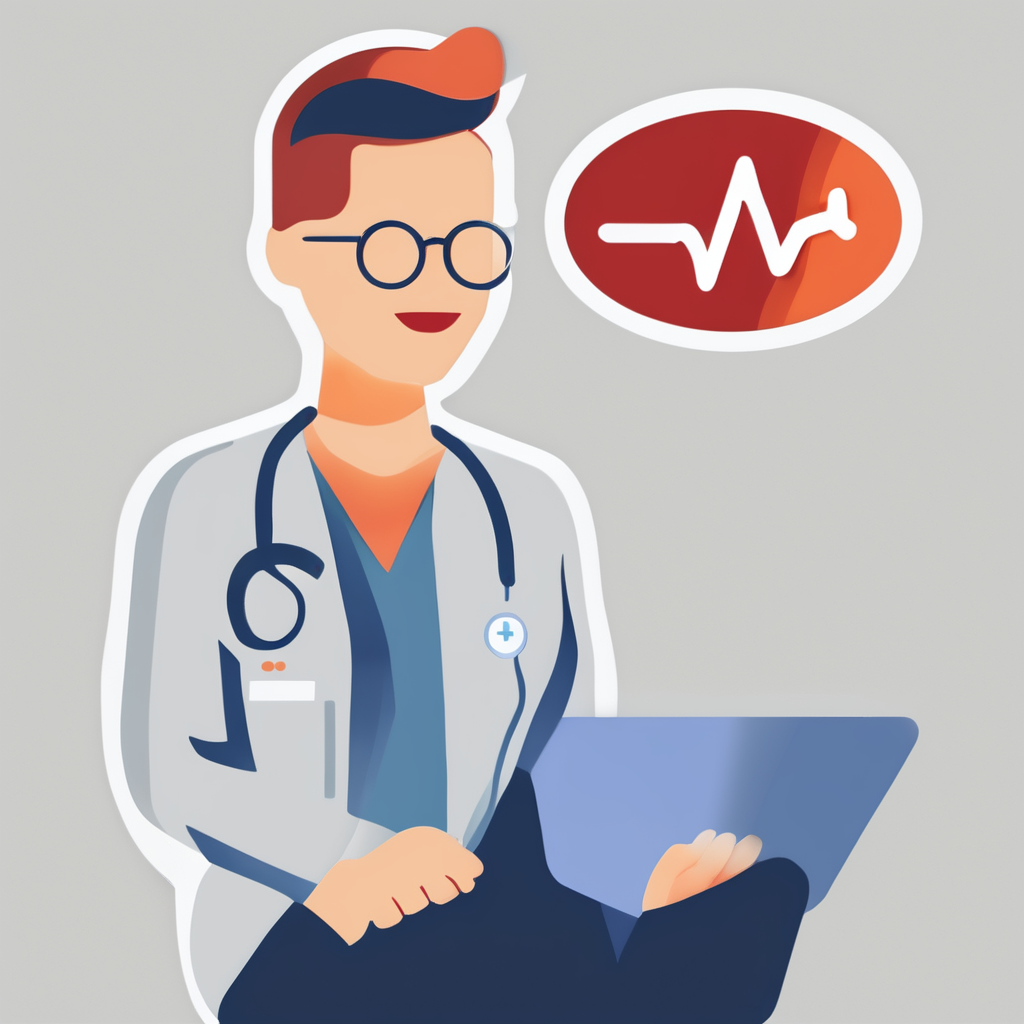Key Innovations Transforming Healthcare Professions
Healthcare innovations are reshaping the landscape of patient care with remarkable speed. Among the most impactful are artificial intelligence (AI) and machine learning, which enhance diagnostics and decision-making by analyzing complex data rapidly. These technologies allow for more precise diagnoses and personalized treatment plans, leading to better patient outcomes.
Telemedicine has expanded significantly, especially in delivering remote patient care. It overcomes geographical barriers, enabling patients to consult specialists without traveling. This advancement increases access and convenience while maintaining quality care.
In parallel : How do UK health professionals balance traditional and modern medical practices?
Robotics and automation are revolutionizing surgery and treatment. Surgical robots provide unparalleled precision and reduce recovery times, while automated systems support repetitive tasks, freeing clinicians to focus on critical care aspects. Collectively, these medical technologies not only streamline workflows but also elevate the quality and efficiency of healthcare services.
Together, these innovations create a promising future by improving accuracy, expanding access, and enhancing treatment methods in healthcare professions.
In parallel : What are the emerging roles for health professionals in the UK?
The Evolving Role of Healthcare Professionals
Modern healthcare demands continuous skill development within the healthcare workforce. As medical technologies advance, professionals must acquire new competencies, blending clinical expertise with digital literacy. For example, understanding electronic health records and telemedicine platforms is now essential.
Healthcare professionals’ responsibilities have expanded beyond traditional duties. They increasingly collaborate with technology to enhance patient care accuracy and efficiency. This convergence means clinicians must interpret data from AI tools and robotic devices, requiring adaptation and training to use these innovations effectively.
Job descriptions have shifted as well, emphasizing interdisciplinary teamwork. Nurses, doctors, and allied health workers frequently work together, coordinating care plans that leverage diverse expertise. This approach improves outcomes by combining perspectives and ensuring comprehensive treatment.
Embracing these changes also includes ongoing education and professional development programs tailored to evolving roles. This ensures the healthcare workforce remains agile and prepared for future challenges while maintaining quality in patient care.
Impact of Wearable and Remote Monitoring Technologies
Wearable health tech has transformed healthcare delivery innovation by enabling continuous health tracking beyond traditional clinical settings. Devices such as smartwatches and fitness trackers monitor vital signs like heart rate, blood oxygen, and activity levels in real time. This constant data flow supports early detection of abnormalities and aids in managing chronic diseases by providing clinicians with timely insights between office visits.
Remote patient monitoring leverages these technologies to shift care toward a more proactive model. Patients can share updates effortlessly, allowing healthcare providers to adjust treatments and intervene before complications arise. This approach improves outcomes and reduces hospital admissions. Moreover, wearable health tech enhances patient engagement by empowering individuals to understand and participate actively in their health management. Personalized alerts and feedback encourage preventive behaviors, fostering long-term wellness.
In sum, wearable health tech and remote patient monitoring together drive healthcare delivery innovation by fostering a seamless connection between patients and providers. Their integration facilitates early detection, continuous monitoring, and personalized care, which are critical steps toward efficient and patient-centered healthcare systems.
Future Trends in Healthcare Innovation
The future of healthcare is rapidly evolving, driven by breakthroughs in AI, genomics, and personalised medicine. AI’s growing role helps in early diagnosis, predictive analytics, and treatment optimisation, making healthcare more precise and efficient. Genomic advancements enable tailored therapies based on individual genetic makeup, marking a significant shift towards personalised medicine.
Emerging trends also highlight increased integration of wearable devices and telemedicine, supporting continuous monitoring and remote care. These innovations reduce hospital visits and empower patients to take control of their health.
However, the transformation faces challenges. Data security and privacy concerns are paramount as sensitive health data is collected and analysed at unprecedented volumes. Ethical considerations around AI decision-making and genetic data use require robust frameworks to protect patients.
Technology holds promise for improving global health equity by extending quality care to underserved regions through mobile tech and AI-driven diagnostics. Realising these benefits depends on addressing infrastructure gaps and fostering collaboration among policymakers, healthcare providers, and technologists.
In summary, the future of healthcare will be shaped by technological innovation balanced with careful attention to ethics and access, promising a more personalised, efficient, and equitable system.
Expert Insights and Case Examples in Modern Healthcare
Healthcare case studies consistently highlight the transformative power of technology. Expert perspectives emphasize that adopting innovations not only improves patient outcomes but also enhances operational efficiency. Leading professionals often cite successful implementation of electronic health records (EHR) and AI-driven diagnostics as key examples of this shift.
One notable healthcare case study involves the integration of AI in radiology departments, where automated image analysis has reduced diagnostic errors by up to 30%. Such innovation success stories demonstrate tangible benefits, including faster results and more precise treatments.
Experts advise healthcare facilities to embrace change proactively, investing in training and infrastructure. They recommend a phased approach for technological adoption, allowing staff to adapt seamlessly while minimizing disruption. Lessons learned from case studies stress the importance of collaboration between clinicians, IT specialists, and administrators to ensure practical, patient-centered solutions.
These insights offer valuable guidance for institutions aiming to stay at the forefront of modern healthcare. The balance between innovation and practical application is crucial to achieving sustainable progress and better healthcare delivery.
